May 20, 2025 | 08:39 GMT +7
May 20, 2025 | 08:39 GMT +7
Hotline: 0913.378.918
May 20, 2025 | 08:39 GMT +7
Hotline: 0913.378.918
Mr. Vu Duyen Hai, Head of the Fisheries Exploitation Department (Department of Fisheries), said that after Decree 37/2024/ND-CP of the Government, which amends and supplements a number of articles of Decree 26/2019/ND-CP dated March 8, 2019 of the Government detailing a number of articles and measures to implement the Law on Fisheries, takes effect, there is a problem arising. Specifically, the size of skipjack tuna allowed for exploitation currently stipulated in Decree 37 is 500 mm (50 cm). However, the actual output of tuna reaching this size is very low. Accordingly, when Decree 37 takes effect, all fishing ports do not dare issue raw material certification for skipjack tuna smaller than this exploitation size.
According to Mr. Hai, in consultation with experts from the Western and Central Pacific Fisheries Commission (WCPFC), the entire Central and Western Pacific waters do not regulate the size of skipjack tuna for exploitation. Countries in the region also have no regulations.

Mr. Vu Duyen Hai, Head of the Fisheries Exploitation Department (Department of Fisheries), said that the actual output of skipjack tuna reaching the size of 500 mm (50 cm) is very low. Photo: Hong Tham.
"If regulating, Vietnam should regulate the size of 38–40 cm to ensure the correct scientific basis because at the size of about 40 cm, 50% of skipjack tuna have matured and participated in their first reproduction," said Mr. Hai.
Mr. Hai gave further evidence of a research result published by the Research Institute for Marine Fisheries on the size for participating in the first reproduction, which means the size can be allowed to participate in exploitation. That is the size of 38 cm for female skipjack tuna and 38.7 cm for male skipjack tuna.
Mr. Hai said, "These are two practical and legal bases. We need to soon adjust to ensure tuna certification to maintain the tuna market. Because, according to the current regulation, if we do not issue certification for tuna smaller than 50 cm, we will lose market share."
"Thailand has the opportunity to encroach on Vietnam's existing tuna markets. If this situation persists, businesses will lack raw materials, and we will lose the market. Meanwhile, developing and dominating a market takes 5–10 years, and it is very difficult to regain it," Mr. Hai emphasized.
Previously, on June 16, the Vietnam Association of Seafood Exporters and Producers (VASEP) also sent an official dispatch to the Advisory Council for Administrative Procedure Reform of the Prime Minister and the Vietnam Chamber of Commerce and Industry to report the situation and results of operations in the second quarter and directions and key tasks in the third and fourth quarters of 2024.
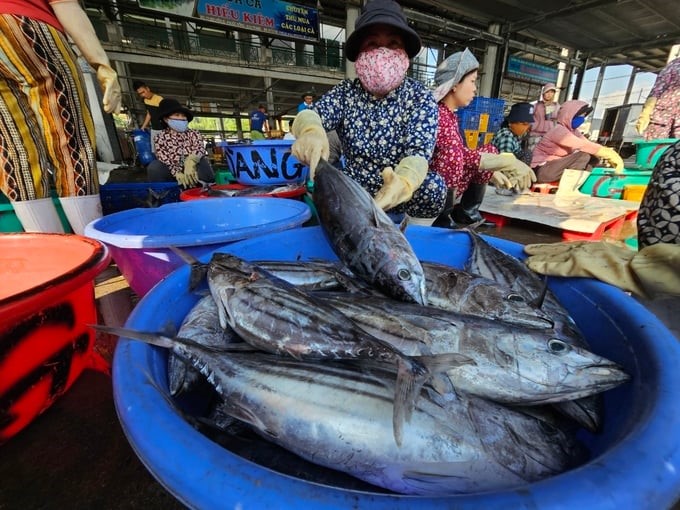
Skipjack tuna for canned food production today usually weighs an average of 1.8–3.4 kg/head. Photo: VAN.
The official dispatch mentioned some problems that the fisheries industry is facing. Notable is the regulation on the minimum size allowed for exploitation of aquatic species living in natural waters in Decree 37/2024 of the Government, effective from May 19.
Specifically, for skipjack tuna, the minimum length allowed for exploitation of this species is 500 mm (50 cm). Skipjack tuna has a length of 500 mm, equivalent to a size of 5–7 kg, while the international standard for this fish species is a size of 1.8–3.4 kg. Skipjack tuna for canned food production today usually weighs an average of 1.8–3.4 kg/head. In fact, many ships exploit skipjack tuna with a size of under 1 kg, and customers prefer canned products made from the raw materials of small-sized fish.
According to VASEP, in the European Regulation (EU) 2019/1241 on conservation, there are no regulations on minimum conservation reference sizes for skipjack tuna, but only for some sensitive species. The minimum size also varies depending on the waters and resources in that area.
The basic content is that the EU protects aquatic resources through measures such as quota, sea ban period, exploitation profession, FAD, etc., not simply by minimum size.
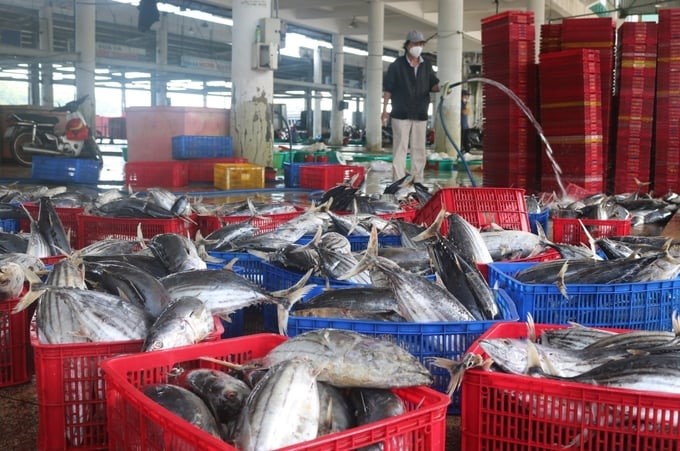
Many opinions say that Vietnam's tuna exports will face many difficulties if the regulation on only catching skipjack tuna from 500mm is not soon adjusted. Photo: Hong Tham.
Another practice that VASEP shares is that Spanish fishing vessels still catch skipjack tuna under 1.5 kg and are still issued C/C. The WCPFC organization also does not regulate minimum sizes for some tuna species, including skipjack tuna.
In addition to skipjack tuna, according to VASEP, businesses also reported that the regulation on exploitation sizes for some other popular seafood, such as herring, squid, spear shrimp, etc., is not suitable.
VASEP also assumes that when Decree 37/2024/ND-CP comes into effect, many fishermen in the provinces will be the first subject to encounter many challenges in complying with regulations on changing new fishing tools with appropriate mesh sizes, logging, declaring, and controlling the size of the species that fishermen exploit.
VASEP recommends that it is necessary to review the regulations on minimum exploitation size in Appendix V, Decree 37/2024, and consider adjusting the regulatory parameters for some common species to report to the Government and the Prime Minister for considering and making amendments to suit the regulation on minimum sizes allowed for exploitation of aquatic species living in natural waters. Of which, an approach framework such as Decree 26/2019/ND-CP is proposed.
Translated by Thu Huyen
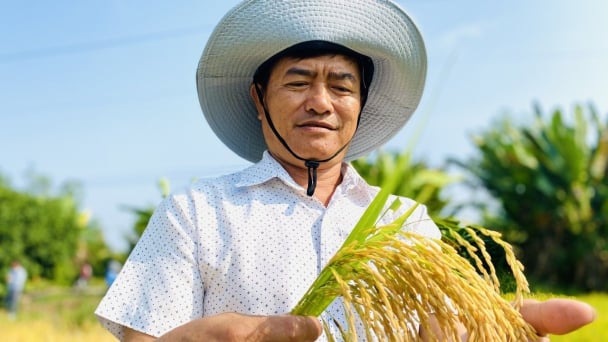
(VAN) Dong Thap farmers attained an average profit margin of 64% during the summer-autumn 2024 crop (first season), while An Giang and Kien Giang farmers followed with 56% and 54%, respectively.
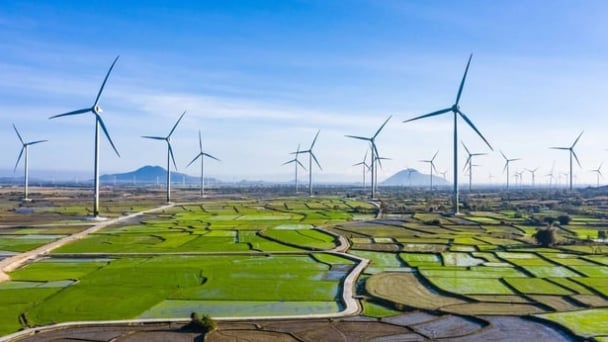
(VAN) As a doctoral student doing research on renewable energy and electrification at Harvard University, the author shares his musings on electricity, nature, and countryside memories.
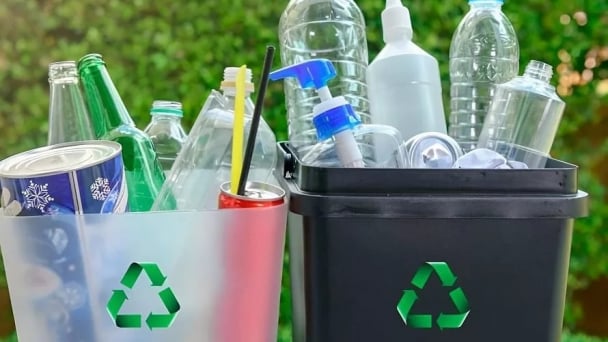
(VAN) The decree on Extended Producer Responsibility (EPR) ensures transparent management and disbursement of support funds, avoiding the creation of a “give-and-take” mechanism.

(VAN) Hue City rigorously enforces regulations regarding marine fishing and resource exploitation, with a particular emphasis on the monitoring of fishing vessels to prevent illegal, unreported, and unregulated (IUU) fishing.
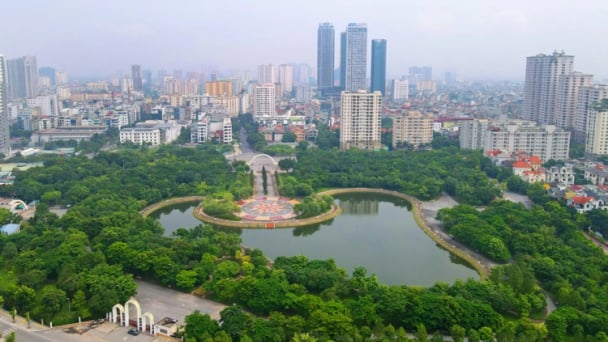
(VAN) Hanoi People's Committee has issued a plan on reducing greenhouse gas emissions in the waste management sector with 2030 vision.
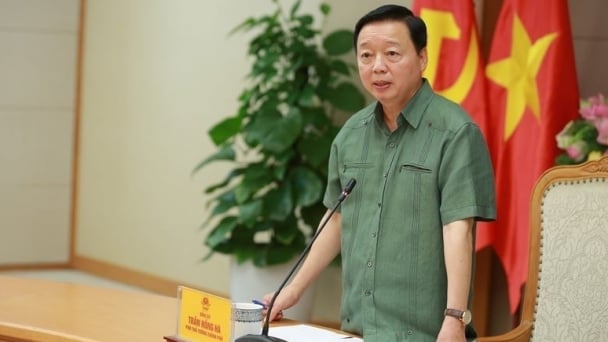
(VAN) Vietnam's draft amendment to Decree No. 156 proposes a mechanism for medicinal herb farming under forest canopies, linking economic development to population retention and the sustainable protection and development of forests.

(VAN) In reality, many craft village models combined with tourism in Son La have proven effective, bringing significant economic benefits to rural communities.